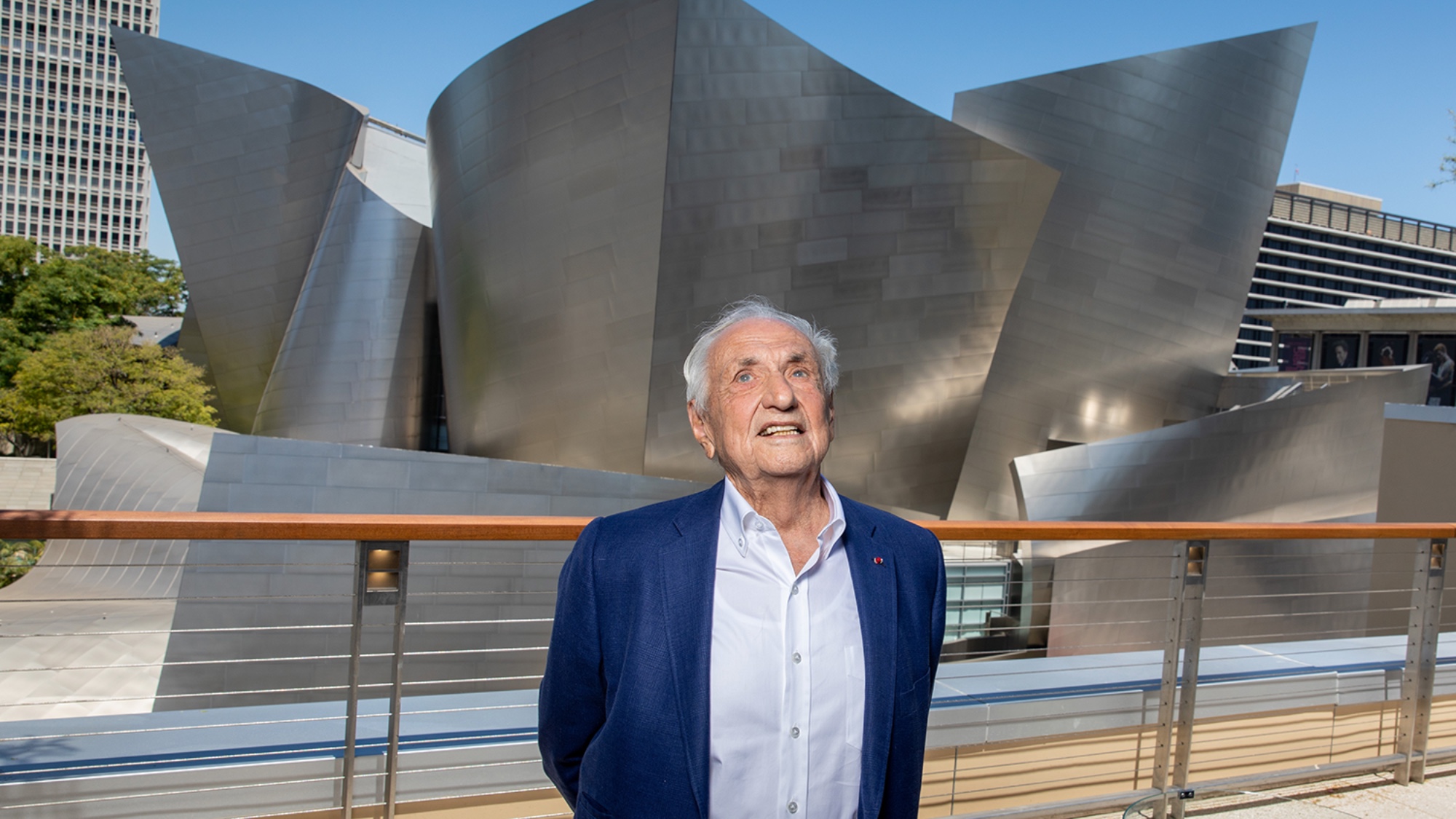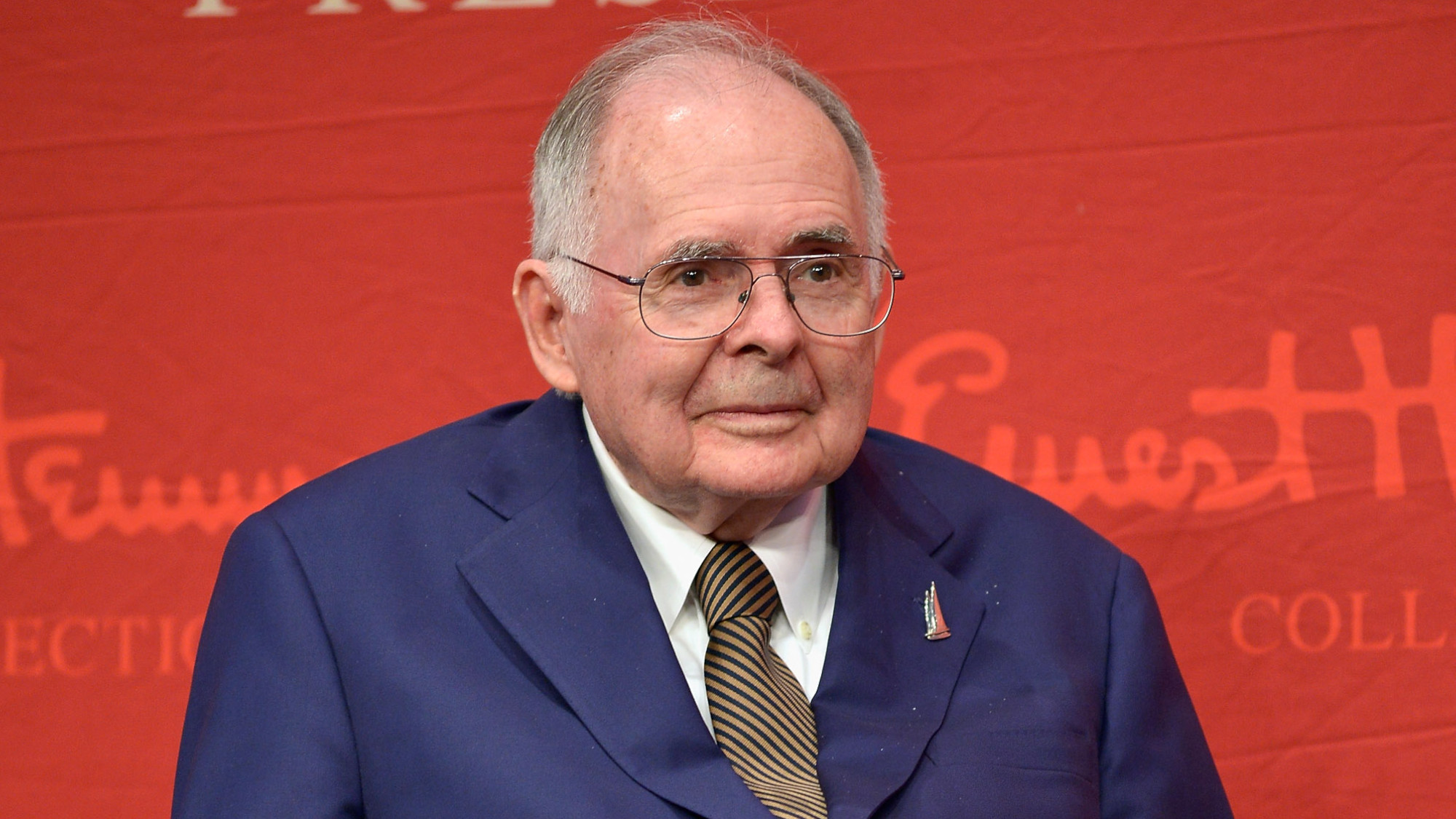Frederick Sanger, 1918–2013
The two-time Nobelist who pioneered genomics
British biochemist Frederick Sanger was one of only four people to ever win two Nobel Prizes, but he never basked in glory. Declining to use his stature to secure a prestigious teaching post or direct the research of others, he remained so modest that a colleague once said he could have easily been mistaken for a lab assistant. Yet the work Sanger dismissed as mere “messing about in the lab” opened the genomic era. He was the first to decipher the structure of proteins, the first to decode an organism’s entire genome, and the discoverer of the method geneticists used to unravel the human genetic code.
Sanger originally planned to follow in his father’s footsteps and go into medicine, said The Guardian (U.K.). But “he was attracted to biochemistry by the sheer excitement” for the discipline among young scientists at Cambridge University in the late 1930s. Raised a Quaker, he was a conscientious objector during World War II, staying at Cambridge and getting his Ph.D. as he immersed himself in the study of proteins.
Scientists then knew that proteins were made up of amino acids, but “many thought that the order in which the amino acids were linked together was irrelevant,” said The Economist. Sanger’s painstaking work on the protein insulin over a decade proved every protein “was made up of a single, precise sequence of amino acids.” By breaking up insulin molecules and figuring out how to fit them back together, Sanger was the first to highlight the importance of sequencing, for which he was awarded the 1958 Nobel Prize in chemistry.
The Week
Escape your echo chamber. Get the facts behind the news, plus analysis from multiple perspectives.

Sign up for The Week's Free Newsletters
From our morning news briefing to a weekly Good News Newsletter, get the best of The Week delivered directly to your inbox.
From our morning news briefing to a weekly Good News Newsletter, get the best of The Week delivered directly to your inbox.
Sanger then “turned his attention to the much more difficult problem of sequencing DNA,” said the Los Angeles Times. Further refining his techniques, in 1977 he sequenced the DNA of an entire organism, the virus phi X 174. Sanger’s approach, which was replicable by computer and later used “in sequencing the 3 billion base pairs of the human genome,” earned him the 1980 Nobel Prize in chemistry, putting him in the category of double winners alongside radioactivity pioneer Marie Curie, chemist Linus Pauling, and physicist John Bardeen. The U.K. offered Sanger a knighthood. He refused, “saying that he did not want to be called ‘Sir.’”
A free daily email with the biggest news stories of the day – and the best features from TheWeek.com
-
 ‘Let 2026 be a year of reckoning’
‘Let 2026 be a year of reckoning’Instant Opinion Opinion, comment and editorials of the day
-
 Why is Iran facing its biggest protests in years?
Why is Iran facing its biggest protests in years?TODAY’S BIG QUESTION Iranians are taking to the streets as a growing movement of civic unrest threatens a fragile stability
-
 How prediction markets have spread to politics
How prediction markets have spread to politicsThe explainer Everything’s a gamble
-
 Joanna Trollope: novelist who had a No. 1 bestseller with The Rector’s Wife
Joanna Trollope: novelist who had a No. 1 bestseller with The Rector’s WifeIn the Spotlight Trollope found fame with intelligent novels about the dramas and dilemmas of modern women
-
 Frank Gehry: the architect who made buildings flow like water
Frank Gehry: the architect who made buildings flow like waterFeature The revered building master died at the age of 96
-
 R&B singer D’Angelo
R&B singer D’AngeloFeature A reclusive visionary who transformed the genre
-
 Kiss guitarist Ace Frehley
Kiss guitarist Ace FrehleyFeature The rocker who shot fireworks from his guitar
-
 Robert Redford: the Hollywood icon who founded the Sundance Film Festival
Robert Redford: the Hollywood icon who founded the Sundance Film FestivalFeature Redford’s most lasting influence may have been as the man who ‘invigorated American independent cinema’ through Sundance
-
 Patrick Hemingway: The Hemingway son who tended to his father’s legacy
Patrick Hemingway: The Hemingway son who tended to his father’s legacyFeature He was comfortable in the shadow of his famous father, Ernest Hemingway
-
 Giorgio Armani obituary: designer revolutionised the business of fashion
Giorgio Armani obituary: designer revolutionised the business of fashionIn the Spotlight ‘King Giorgio’ came from humble beginnings to become a titan of the fashion industry and redefine 20th-century clothing
-
 Ozzy Osbourne obituary: heavy metal wildman and lovable reality TV dad
Ozzy Osbourne obituary: heavy metal wildman and lovable reality TV dadIn the Spotlight For Osbourne, metal was 'not the music of hell but rather the music of Earth, not a fantasy but a survival guide'